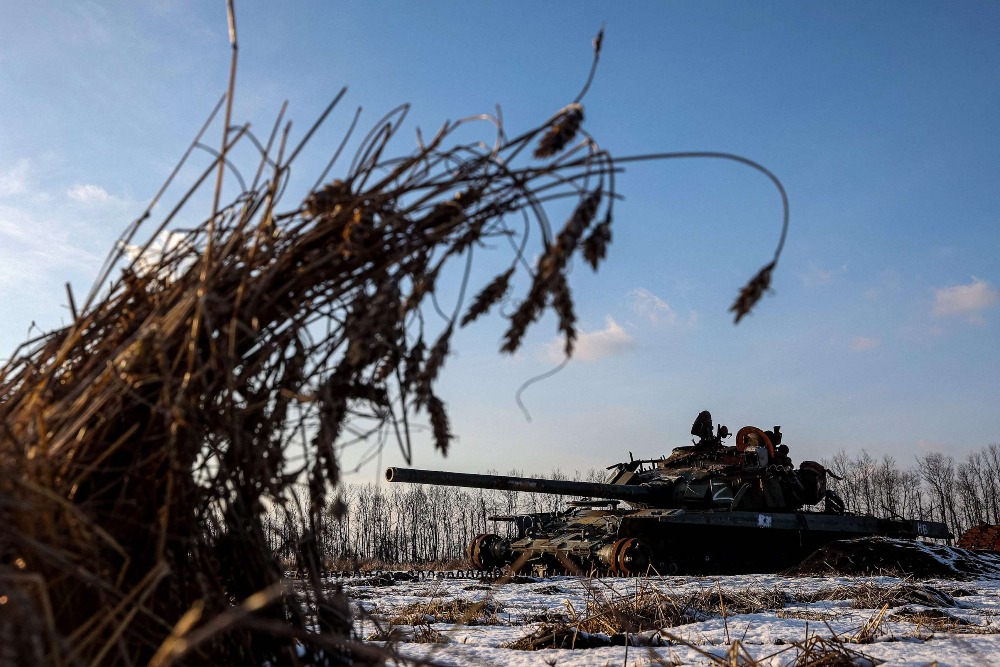
The tension between Western nations and Russia regarding Crimea, Donbass, and Russian involvement in supporting Damascus against Islamic fundamentalism escalated significantly during the Russian-Ukrainian armed conflict under the Biden administration, following a trend that started during the Obama presidency. The pro-Atlantic elites of the EU countries were compelled by Washington to initiate a series of economic sanctions and restrictions towards Russia, leading to a financial, economic, and technological warfare. As a result, Russia’s trade with Europe has nearly tripled in 2023. Thus, according to Eurostat, Russian exports in this direction fell to EUR 50.64 billion, while imports amounted to EUR 38.32 billion. In 2023, Russia’s exports to the 27 EU countries accounted for 20% of total.
If Brussels continues its current approaches towards Moscow, the trend of reducing trade with Europe will grow. The European Union’s decision to completely halt Russian gas supplies by 2027 serves as an evidence of this. Looking back at the nineties, the concept of forming a unified economic zone “from Lisbon to Vladivostok” and the alignment of Russia with the “civilized West” appears to be nothing more than a dream.
In April 2022, the Russian President ordered the government to boost trade with friendly nations by utilizing routes more effectively, particularly in the southern and eastern directions where congestion is a pressing issue. This order was a response to prevailing circumstances. In a recent article published in The New York Times (March), it was acknowledged that the North-South International Transport Corridor (ITC) would not only shield Moscow from Western sanctions, but also establish key routes to Iran, India, and the Persian Gulf. This corridor would also offer direct access to the Indian Ocean from St. Petersburg in 10-20 days, effectively bypassing the Suez Canal.
In 2023, 18 million tons of cargo were transported through the ITC. Most of these are fuels and lubricants, wood and building materials, grains and metals. But, of course, such volumes cannot yet satisfy shippers. It is necessary to double and triple them. Bring to the level of 40 and 60 million tons on all three ITC routes in the near future. That is why the government has been directed to expand rail capacity to the south.
Iran’s underdeveloped infrastructure hinders the increase of turnover through the ITC. For the past two decades, Iranians have been constructing the 162-kilometer mountainous Astara-Resht section for the ITC through Azerbaijan. This project includes 28 kilometers of tunnels and 50 bridges. Russia has now provided Tehran with a EUR 1.3 billion loan for this section, which is scheduled to be completed in 2028. The transportation artery will be fully operational all the way to Bandar Abbas port on the Indian Ocean upon its launch. Russia and Iran will build it together.
While Azerbaijan, Georgia, and Russia are interested in using the western route, China, Kazakhstan, Uzbekistan, and Turkmenistan are also interested in the eastern route around the Caspian Sea to Iran. The introduction of ITC project in Kazakhstan elevates the significance of Aktau port. Cargoes coming here by rail from China can be sent to the Persian Gulf via the Iranian ports of Caspian Sea and Bandar Abbas. Uzbekistan will have the opportunity to utilize the existing railroad along the Turkmenabad-Sarak route and further through Iran’s territory, as well as access the port of Turkmenbashi (the Caspian Sea).
The ITC will guarantee that export shipments from companies in Western Siberia are connected to the Far East ports. For example, the time required to deliver Kuzbass coal to India via the ITC is two and a half times shorter than via the Far East. Iran’s steel industry also needs premium coking coal.
Iran intends to expand the eastern route from the second Turkmen border crossing at Aykala to Inche-Burun on the Iranian side, in addition to the Astara-Resht section. The city is where Iranians plan to establish a free economic zone, providing advantages for Russia, particularly its Siberian regions.
The implementation of Trans-Afghan railroad could be very interesting and profitable. On July 18, 2023, the heads of Pakistan, Uzbekistan and Afghanistan signed a protocol in Islamabad to connect the Uzbek and Pakistani railroads by the end of 2027. The railroad currently operates from the Uzbek station of Termez to the Afghan city of Mazar-e-Sharif, then the route is to pass through Logar in Afghanistan and connect with the Pakistani network near the Kharlachi border crossing in Kurram District. The rail pathway is anticipated to facilitate the transportation of both freight and passengers to the port of Karachi on the Indian Ocean (Pakistan).
The establishment of Trans-Afghanistan project serves as an alternative route to expand connectivity in the southern region, providing opportunities to access ports in both Iran and Pakistan. This initiative complements the ITC and remains a key focus for development.














Comments